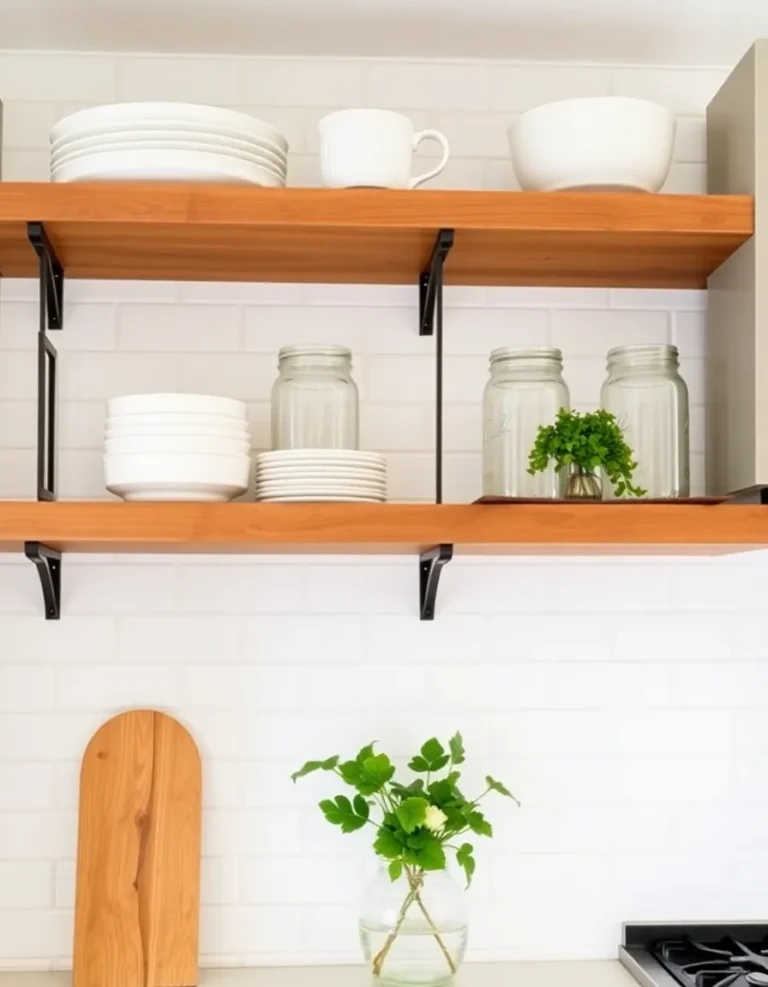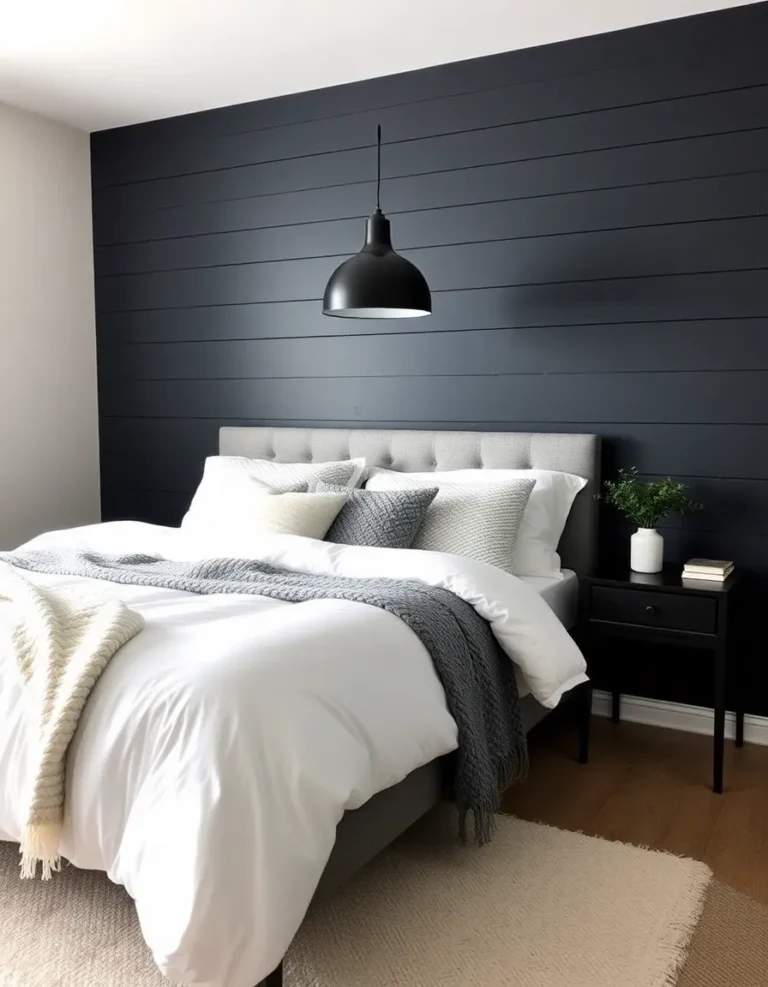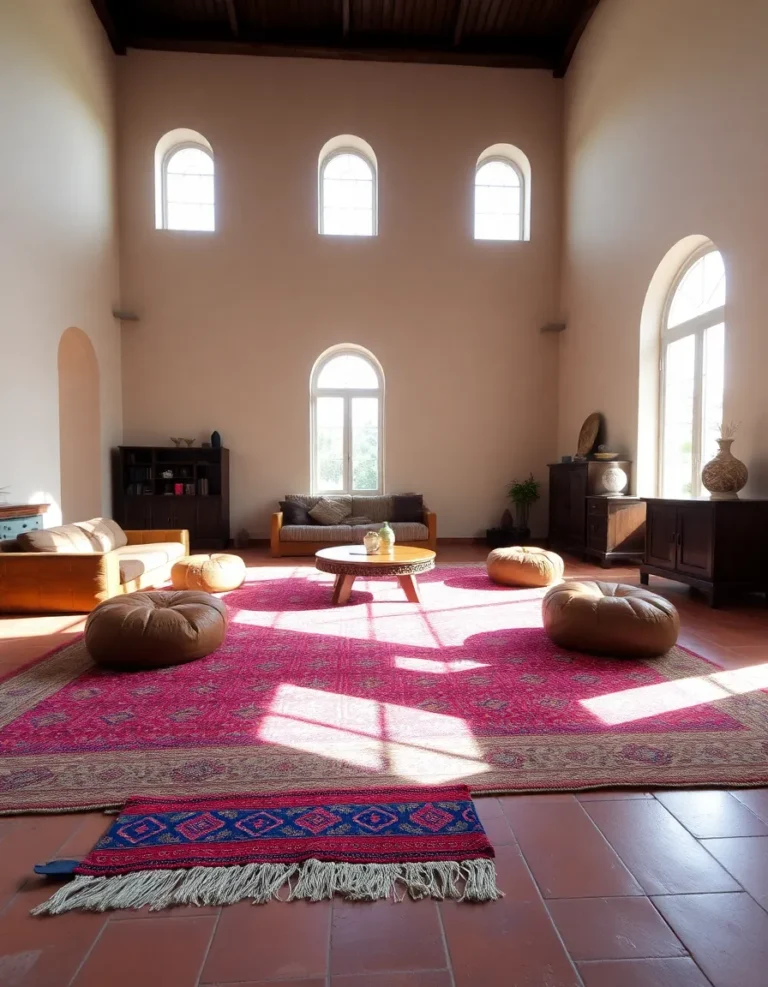Large Windows & Open Layouts: Making the Most of the View
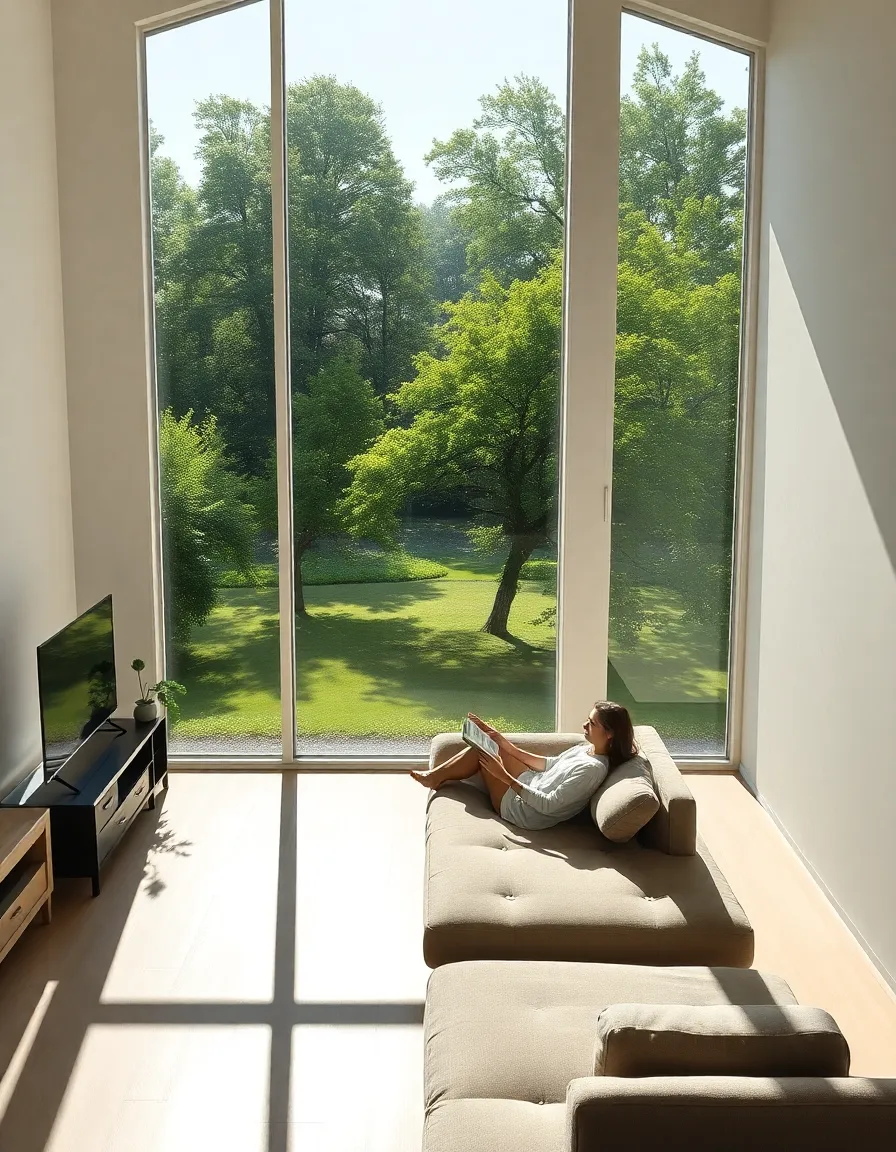
Ever walked into a room with floor-to-ceiling windows and just felt… lighter? Like the walls melted away and suddenly you’re part of the landscape? That’s the magic of large windows and open layouts. They don’t just bring in light—they erase boundaries, frame nature like living art, and make even a cramped space feel like a loft. And let’s be real, who doesn’t want their home to feel like a breezy, sun-drenched sanctuary instead of a cave?
I remember the first time I stayed in a house with massive windows overlooking a forest. Waking up to sunlight streaming in, watching storms roll in without getting wet—it was borderline spiritual. But here’s the kicker: big views aren’t just for fancy mountain retreats. With the right design choices, you can steal that same awe-inspiring vibe for your own place, whether you’re in a suburban ranch or a downtown apartment. So, let’s talk about how to make the most of your view (and maybe make your neighbors jealous in the process).
1. The Psychology of Space: Why Open Layouts Feel So Damn Good
There’s science behind why open spaces with tons of natural light make us happier. Studies show that exposure to sunlight boosts serotonin (aka the “happy hormone”), while unobstructed views reduce stress by giving our brains room to breathe. It’s like visual decluttering—fewer walls mean fewer things for your subconscious to trip over.
And let’s not forget the social perks. Open layouts turn cooking into a group activity instead of a solo chore, and they make entertaining effortless. No more yelling over walls or playing hostess shuttle between rooms. Just one fluid space where everyone can actually, you know, see each other. Revolutionary, right?
But here’s my hot take: open layouts aren’t just practical—they’re mood-altering. A well-designed space can make you feel more creative, relaxed, or energized depending on how you use it. Ever noticed how you instinctively migrate toward the sunniest spot in the house? That’s not laziness; that’s your brain craving the good stuff.
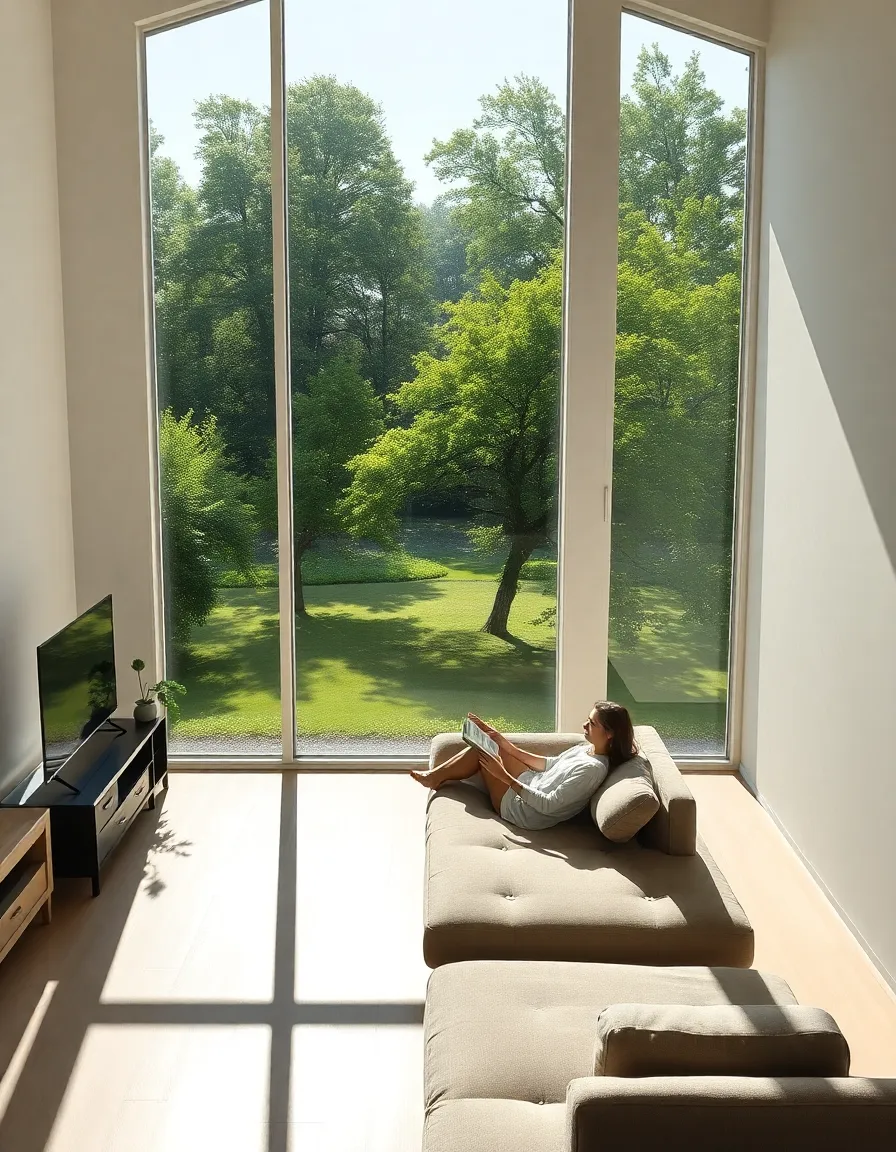
2. Window Wisdom: Choosing the Right Glass for Your Lifestyle
Not all windows are created equal. Want unobstructed views? Go for picture windows—they’re like giant, stationary canvases for the outdoors. Prefer ventilation? Casement or sliding windows keep the breeze flowing without hogging space. And if you’re a privacy nut (no judgment), frosted or tinted glass can shield you from prying eyes while still soaking up light.
Pro tip: Don’t cheap out on glass quality. Low-E coatings cut UV damage (bye-bye, faded furniture), and double- or triple-pane options keep your energy bill in check. I learned this the hard way after a winter of feeling like I lived in a drafty fishbowl. Trust me, your future self will thank you.
And hey, let’s talk shape. Arched windows add drama, horizontal bands make ceilings feel higher, and corner windows? Pure sorcery. They dissolve walls entirely, turning two panes into a seamless panorama. Just try not to spend all day staring outside—productivity is already hard enough.
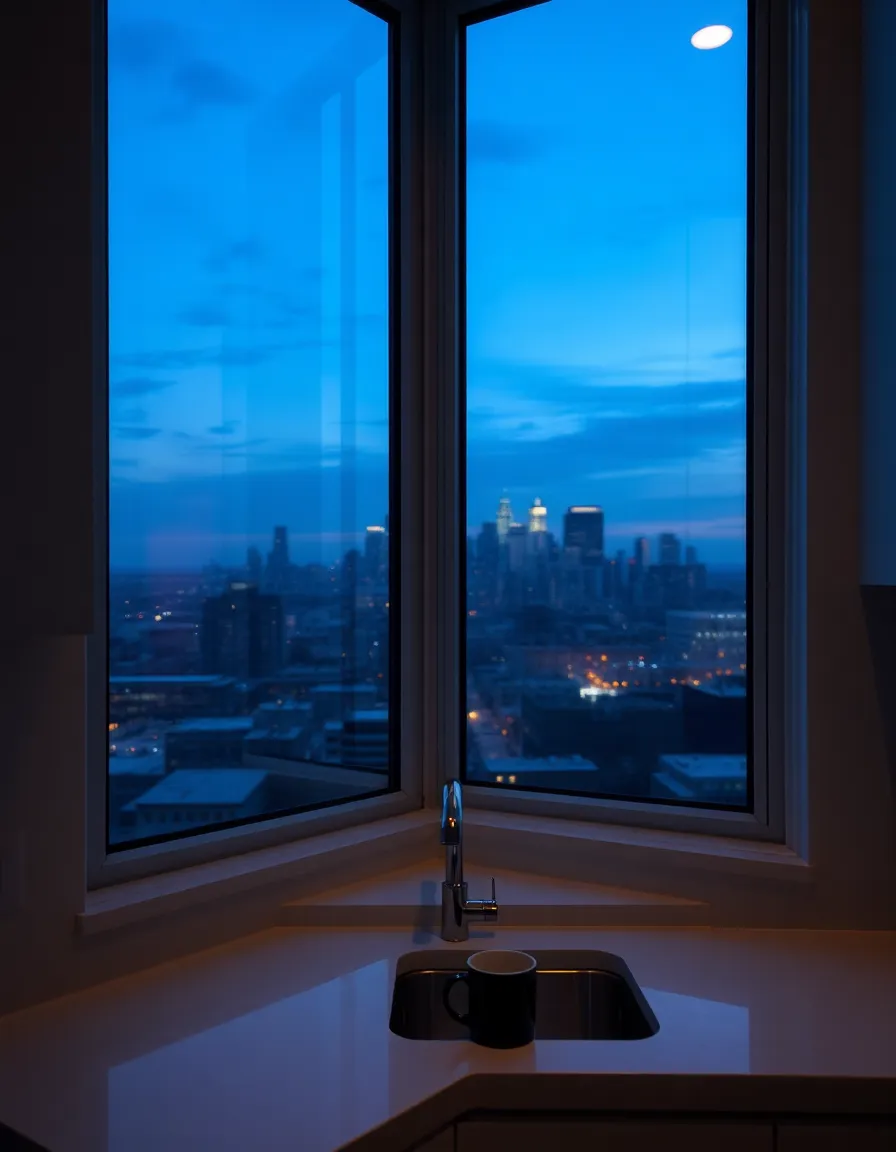
3. Furniture Feng Shui: Arranging Your Space Without Blocking the View
Here’s the golden rule: don’t fight the windows—work with them. Placing a bulky sofa in front of a breathtaking view is like putting a mustache on the Mona Lisa. Instead, opt for low-profile furniture that hugs the ground, like platform beds or backless benches. They anchor the space without competing with the scenery.
Another trick? Float your furniture. Pull seating away from walls to create conversation zones centered around the view, not the TV. (Yes, I’m subtly judging your Netflix-binging setup.) And for the love of design, use glass or acrylic pieces—ghost chairs, transparent tables—to keep sightlines clean. They’re like invisible supports for your decor.
My personal hack: mirrors. Position one opposite a window, and boom—instant light multiplier. It’s like getting a second view for free. Just avoid the funhouse effect unless you’re into that sort of thing.
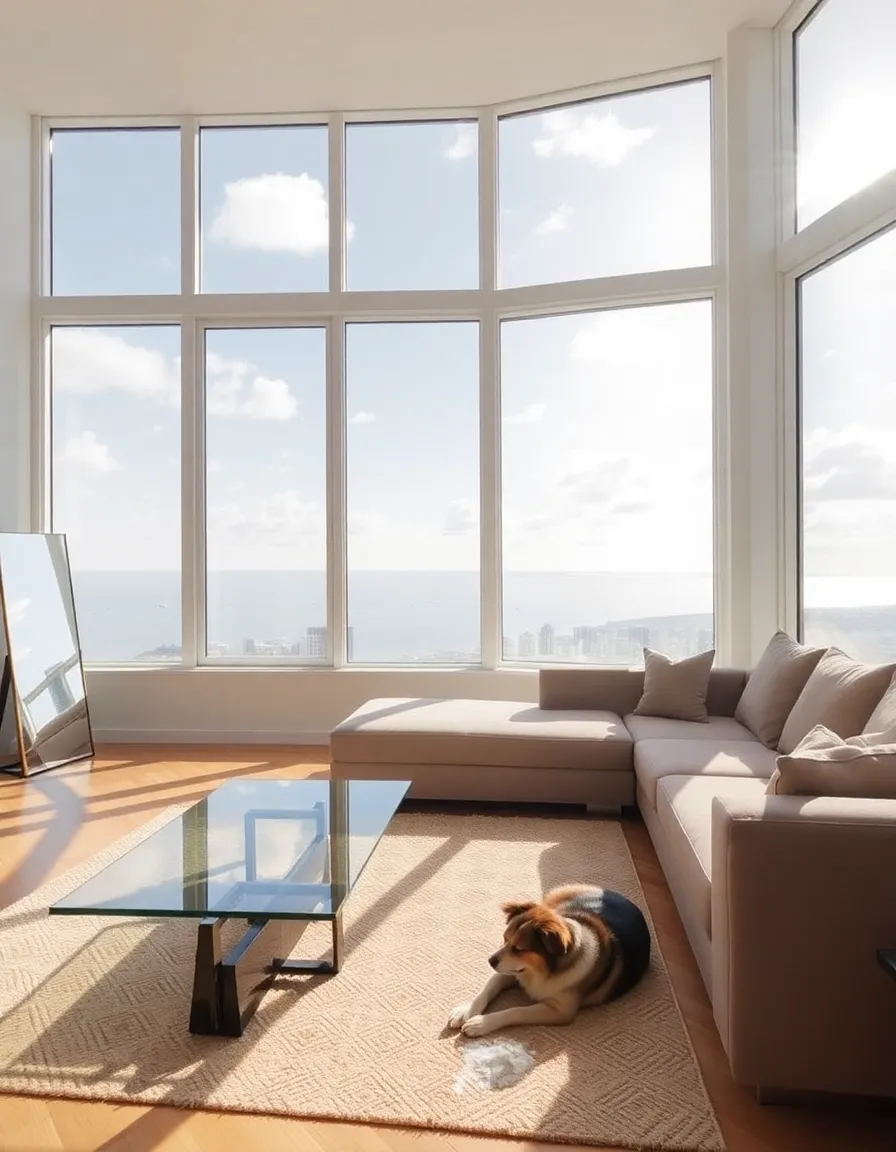
4. Blending Indoors & Out: When Your View Becomes Part of the Decor
Plants are your best friends here. A fiddle-leaf fig in a corner or hanging vines near the glass blurs the line between inside and out. Go for big, leafy varieties—they’re like nature’s own statement art. Bonus: they also hide less-than-perfect outdoor scenery. That parking lot view? Camouflaged with a well-placed monstera.
Color palettes matter too. Pull hues from your landscape into your decor—soft blues if you’re near water, earthy tones for wooded areas. My living room pulls its entire scheme from the sunset over my backyard. It sounds pretentious, but it works. Even my throw pillows whisper “I’m one with nature.”
And don’t forget texture. Jute rugs, woven baskets, and raw wood finishes echo the organic vibes outside. It’s all about creating harmony, like your interior is just an extension of the world beyond the glass.
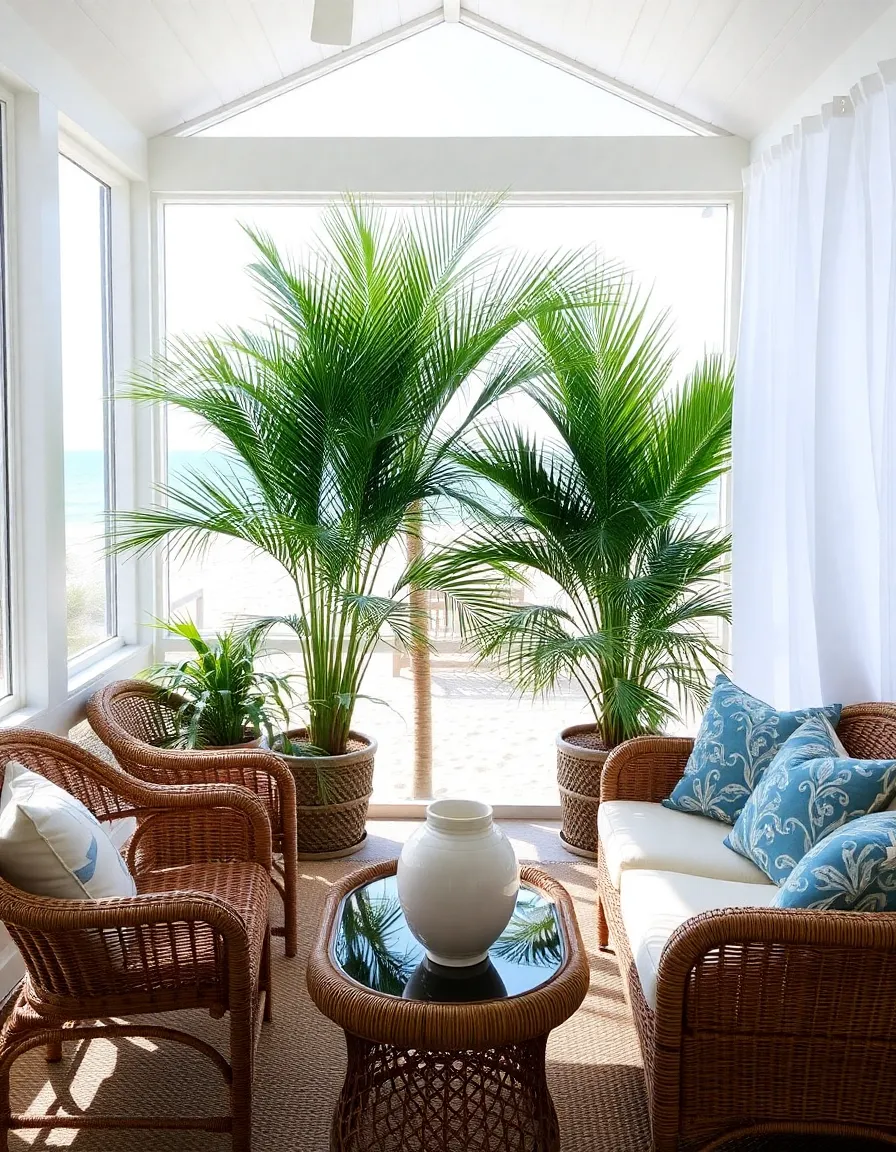
5. The Dark Side of Big Windows (And How to Outsmart It)
Let’s address the elephant in the room: privacy. Yes, living in a glass house sounds dreamy until you realize your neighbors can watch you eat cereal in your underwear. Solutions? Smart tinting film that goes opaque with a button, or layered curtains—sheers for daytime, blackouts for nights (or mornings after questionable life choices).
Then there’s temperature control. All that glass can turn your home into a greenhouse (great for plants, less for humans). Invest in motorized shades or exterior awnings. I rigged up a pergola outside my windows, and now dappled light dances across my floors without roasting me alive. Take that, summer.
Lastly, cleaning. Unless you’re into extreme sports, washing three-story windows isn’t a hobby. Get tilt-in models for easy access, or hire a pro. I tried DIY-ing it once and nearly became a cautionary tale. Some battles aren’t worth fighting.
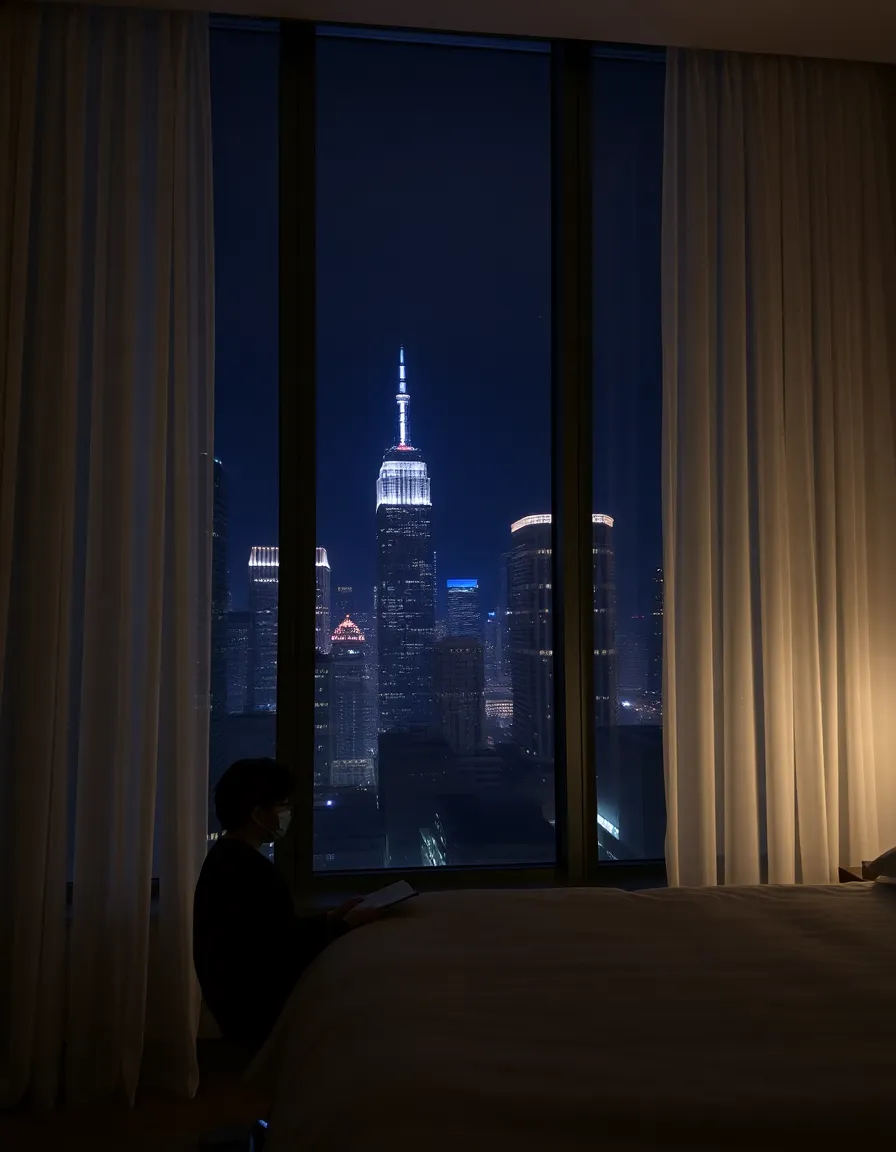
At the end of the day, large windows and open layouts aren’t just design trends—they’re a way to live more connected to the world outside while loving the space you’re in. Sure, there are challenges (RIP privacy), but the trade-off? Waking up to ever-changing artwork painted by nature, feeling your space expand with the light, and never again feeling boxed in by four walls.
So go ahead—embrace the view, play with the light, and let your home breathe. And if anyone questions your life choices when you’re wiping fingerprints off glass for the third time this week, just smile and say, “Worth it.” Because honestly? It totally is.

